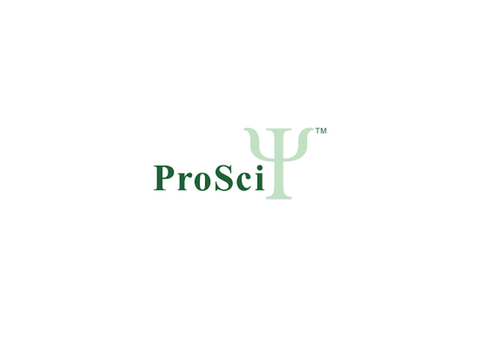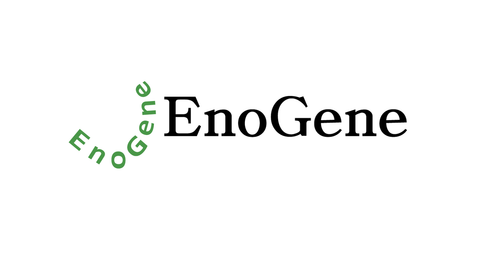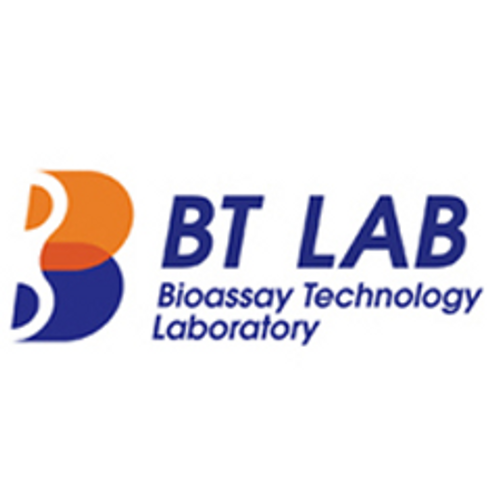Product Description
Gap-43 (phospho Ser41) Antibody | XPS-1011 | ProSci
Host: Rabbit
Reactivity: Human, Mouse, Rat
Homology: N/A
Immunogen: GAP-43 (Ser41) polyclonal antibody was raised against a synthetic phosphopeptide corresponding to amino acids residues surrounding the phospho-Ser41 of rat GAP-43.
Research Area: Homeostasis, Neuroscience, Phospho-Specific
Tested Application: WB
Application: In some tissues the antibody also recognizes a higher molecular weight band that is also recognized by the Pan GAP-43 antibody and this band may be a GAP-43 aggregate or oligomer. Immunolabeling of the GAP-43 protein in Western blots of rat brain is blocked by the Ser41 phosphopeptide used as antigen but not by the corresponding non-phosphopeptide. Note: the GAP-43 protein migrates on SDS-PAGE as a 50 kDa band. The antibody is purified by sequential chromatography on phospho- and non-phosphopeptide affinity columns. Antibody dilutions and tissue load should be based on tissue type and expected phosphorylation state. Initial recommended range of dilutions: 1:500 to 1:2000. Applications include Dot blots (DB) and Western blots (WB) . Immunohistochemistry (IHC) application has not yet been determined. Human, mouse and rat have 100% amino acid sequence identity with for the antigen used to raise the antibody. When internally tested under ideal conditions the working dilutions were 1:1000 for DB and WB.
Specificiy: Gap-43 antibody is specific for GAP-43 phosphorylated at Ser41.
Positive Control 1: N/A
Positive Control 2: N/A
Positive Control 3: N/A
Positive Control 4: N/A
Positive Control 5: N/A
Positive Control 6: N/A
Molecular Weight: 50
Validation: N/A
Isoform: N/A
Purification: Affinity Purified
Clonality: Polyclonal
Clone: N/A
Isotype: N/A
Conjugate: Unconjugated
Physical State: Liquid
Buffer: N/A
Concentration: N/A
Storage Condition: For long term storage -80˚C is recommended, but shorter term storage at -20˚C is also acceptable as aliquots may be taken without freeze/thawing due to the presence of 50% glycerol. Stock solutions are stable for a minimum of 1 year at -20˚C.
Alternate Name: N/A
User Note: Optimal dilutions for each application to be determined by the researcher.
BACKGROUND: GAP-43 is thought to have an important role in development and plasticity because it is expressed at high levels in neuronal growth cones during development and during axonal regeneration. There is also evidence from knockout animals that GAP-43 serves to amplify pathfinding signals from the growth cone. GAP-43 is thought to mediate at least some of these effects via interaction with actin. Importantly, phosphorylation at Ser41 by Protein Kinase C modulates the interaction of GAP-43 with actin.
 Euro
Euro
 USD
USD
 British Pound
British Pound
 NULL
NULL














